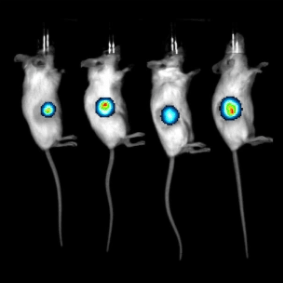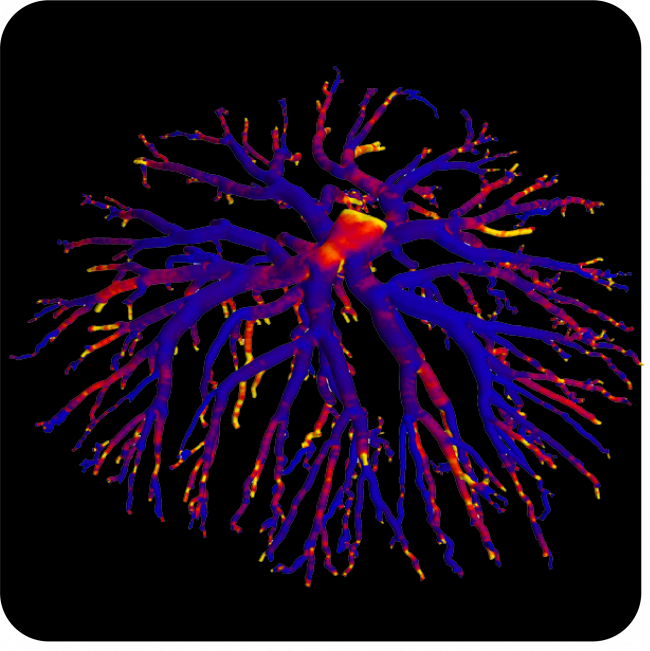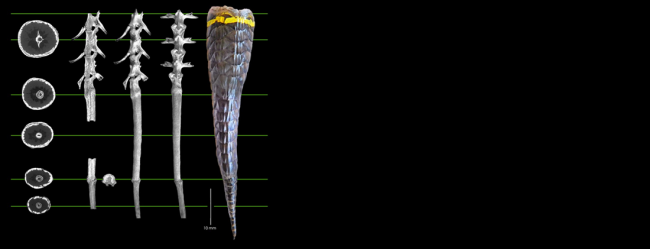Cancer cells killed by honeybee venom
Breast cancer, the most common cancer in women worldwide, may one day be treated using the venom of the European honeybee.
Dr Ciara Duffy from Western Australia’s Harry Perkins Institute of Medical Research has found that venom from honeybees can rapidly kill aggressive and hard-to-treat breast cancer cells. NCRIS-enabled facilities at the Centre for Microscopy, Characterization and Analysis (CMCA), UWA, were integral to the research, published recently in the journal Nature Precision Oncology.
Read More




